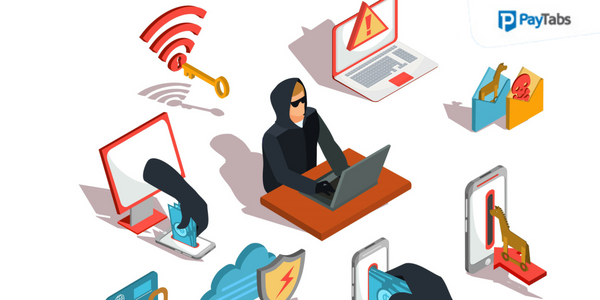4 Easy Steps to Improve Your Payment Experience

Your payment process may seem technical, almost insignificant. But with over ¾ of shoppers choosing to abandon their cart, your payment gateway is worth considering.
To help you boost your sales, we have found four possible solutions – simplify, clear instructions, broadening your means of payment, and ensuring safety.
Simplify
Critical to the success of purchase completion, your process must be simple and easy to use. Don’t clutter your portal attempting to sell the user a few more items. Make sure the user can review their cart, click back to the main page if necessary, and place emphasis on buttons or links that move the purchase along.
It can be helpful to work with a UX designer or commit to user testing to see where your design might be confusing your customers.
Clear Instructions
Similar to the point of simplification, you need to make sure that all instructions are clear and to the point. Use conversational language, and on each screen, only include information that is crucial to that step in the process.
If possible, include accessible options, such as audio instructions. And if your site is serving a multilingual audience, it may be prudent to invest in translation. Over 70% of consumers are willing to buy products with information in their native language. If your userbase largely speaks Spanish, but your payment process is in English, it may discourage them from finishing the task.
Payment and Receipts
In order to make the payment process as painless as possible, it’s best to include various forms of payment options. This includes not only accepting credit and debit cards like Visa, Mastercard, and American Express, but also accepting digital payment methods like PayTabs.
You should also make coupon options clear-cut, with the customer either selecting the coupon, or inserting the code. In countries like India, many consumers still prefer cash on delivery payment methods, so excluding this may prompt users to abandon their purchase.
Furthermore, it is important to send out a receipt after payments are completed so that the consumer builds confidence in your system. Whether a physical product will be shipped or not, it is vital to send the consumer an email receipt.
Ensure Safety
Lastly, safety is of the upmost importance. While the data provided for the user is important for completing a purchase, that same information could destroy their lives if in the wrong hands. And this doesn’t just provide security for the consumer – it helps you as well. After all, you don’t want to be entangled in a case of payment fraud.
In order to ensure your payment portals are secure, make sure to follow SSL protocols. Users will recognize if you have this functionality immediately, as a lock icon will appear in the URL bar. This is a cost-effective way to improve your security and build consumer trust.
In addition to becoming PCI compliant, make sure never to store payment information on your servers, especially credit or debit card information. Consider using tokenization to randomize the secure data sent to your servers. This will boost your security considerably and minimize payment fraud.
Conclusion
At the end of the day, your consumers will benefit from a simplified design and easy-to-read instructions. Furthermore, accepting various payment methods will make the process easier in case of card failure or other technical mishaps, and keeping your site secure will protect both you and the consumer.
A properly maintained and designed payment gateway helps to build trust with the consumer, so that they will not only buy from you again, but they will also enjoy the experience.




